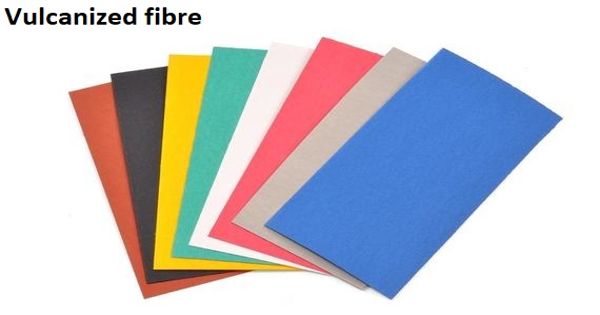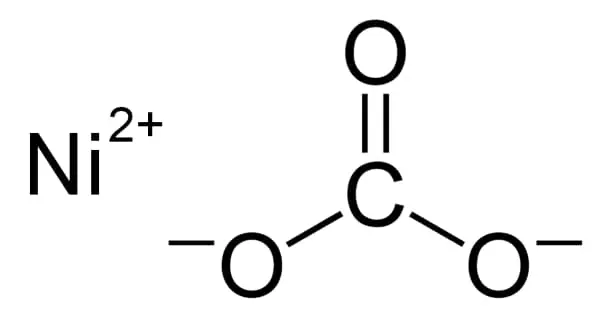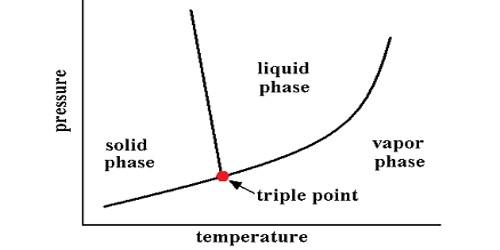Vulcanized fibre is a natural blend of fibrous materials that are heat-treated to create a hard rubber. It is also known as, red fibre is a laminated plastic composed of only cellulose. It is formed by the reaction between natural wood or cotton “fibres” and various chemicals such as zinc chloride, acids, and bases to produce a slurry. The material is a tough, resilient, hornlike material that is lighter than aluminium, tougher than leather, and stiffer than most thermoplastics. It is one of the first plastics ever developed and continues to be highly useful for sealing hardware such as plastic washers and gaskets.
Vulcanized fiber is a leather-like material made by compressing layers of paper or cloth. It is a tough laminated material consisting chiefly of cellulose, made by the chemical treatment of pulp made from paper, rags, etc.
The newer wood-laminating grade of vulcanized fiber is used to strengthen wood laminations used in skis, skateboards, support beams, and as a sub-laminate under thin wood veneers. It can be machined in much the same way as other plastics. It can easily be formed, bent, sawed, sheared, punched, milled, turned, and drilled.
A product very similar to vulcanized fiber is leatheroid. Leatheroid, however, is made using a different chemical process. It is a tough substance made by treatment of cellulose and used for luggage and electrical insulation and in packaging. Since 2004, the scientific community has regained interest in this material due to its renewability and excellent physical properties, giving birth to the field of all-cellulose composites. These composites are all made of a matrix consisting of dissolved or partially dissolved cellulose, and the reinforcement remains cellulose fibers.

Applications:
- Commercial-Grade Fibre: It is tough and resilient. It is often used to create gaskets, gears, and washers.
- Electrical-Grade Fibre: It consists of dielectric cotton fibers that can be used as electrical insulators. It is found in a variety of electric motors for automotive equipment, industrial equipment, and home appliances.
- Trunk Fibre: Protective skid panels, instrument cases, and steamer trunks are a few examples of products that are made with trunk fiber.
- Bone Fibre: It is resistant to oils, gasoline, and solvent chemicals. These properties make it particularly useful for tubing, noiseless gears, cut-out fuses, cutting blocks, and thrust washers.
- Wood Laminating Fibre: It is tough with excellent tensile strength and torsion.
Vulcanized fiber gets its unique qualities from a chemical reaction between natural fibers and chemical additives such as zinc chloride. A variety of solvents other than zinc chloride has been explored, including sodium hydroxide at low temperatures and ionic liquids. It is versatile and can be custom-shaped using a wide range of fabrication methods, including forming, sawing, cutting, shearing, punching, turning, and milling. Whereas the original idea was to use long reinforcing fibers (ramie, flax, viscose, etc) in order to confer the composites with anisotropic mechanical properties, the field has also explored the use of nanocellulose.
Information Source:
















